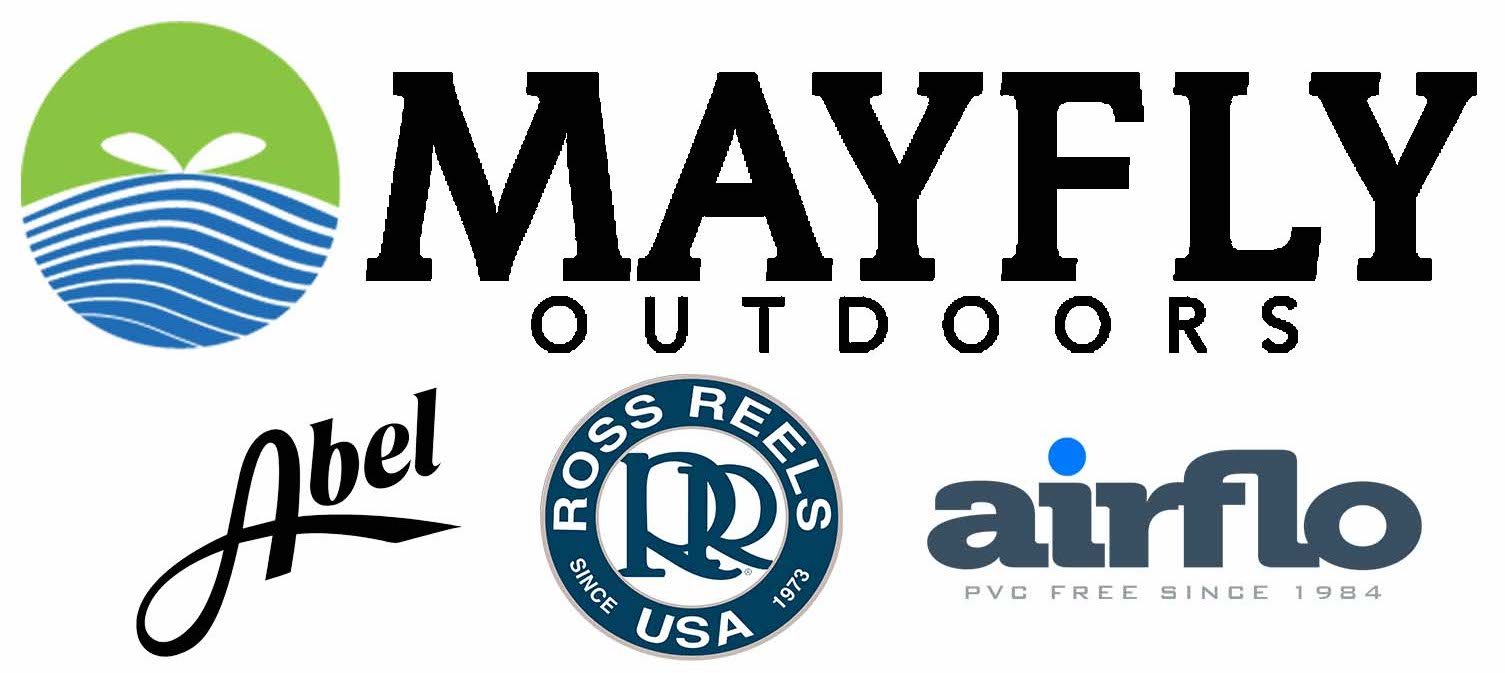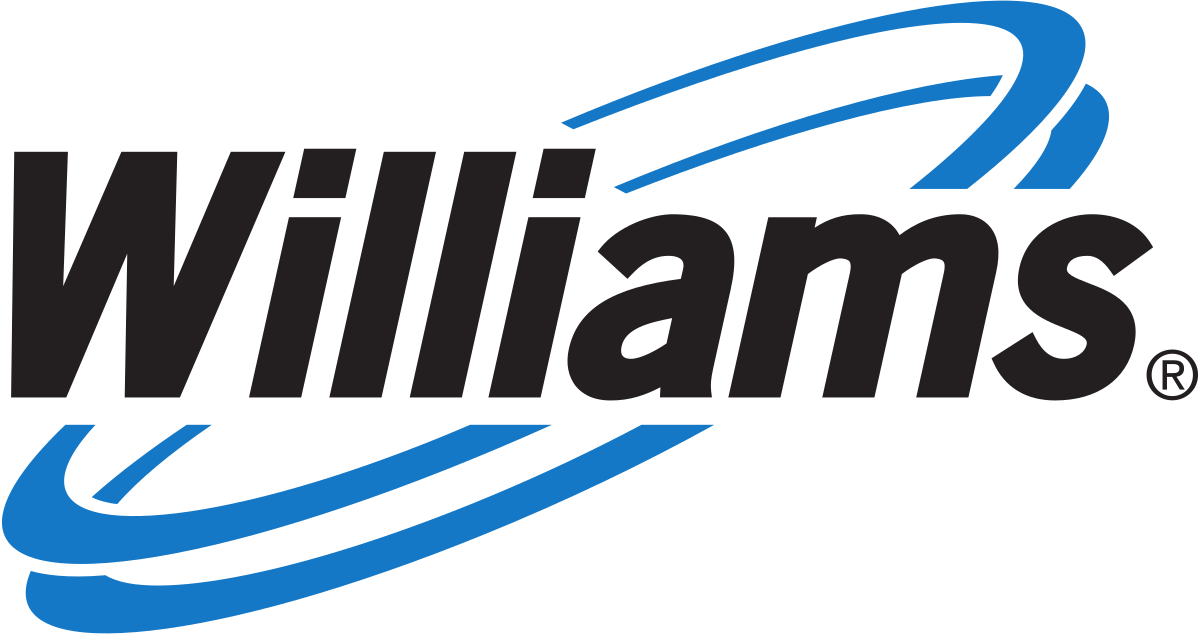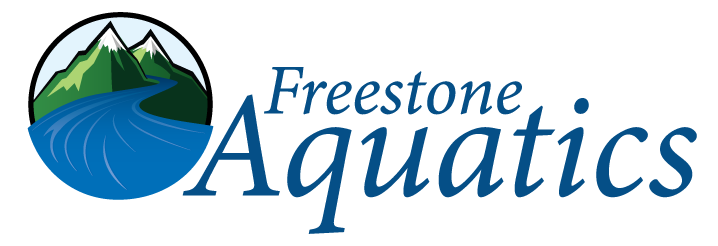"Take care of the fish ...
and the fishing will take care of itself." So said TU founder Art Neumann, and that philosophy still guides our work today. TU chapters across Colorado work on habitat restoration projects for their home waters, from the Denver South Platte to the Purgatoire, from Boulder Creek to the Yampa. Along with these grassroots efforts, TU has built key restoration partnerships to tackle large-scale challenges like the recovery of habitat in the Colorado headwaters and restoration of streams polluted by abandoned mines.
Projects
The first major project of the Learning by Doing partnership, the Fraser Flats project included instream habitat improvements designed and built by Freestone Aquatics to narrow and deepen the river channel and provide more habitat diversity. TU and other community volunteers are also working to restore the riparian vegetation through willow and cottonwood plantings. Initial results have been remarkable: Colorado Parks and Wildlife reported a 400% increase in brown trout biomass following the instream habitat project's completion. Watch this video to hear from the volunteers working on this groundbreaking partnership.
Abandoned mines have left a legacy of water quality impairments across many Colorado (and other western) watersheds. TU cannot work on draining mines due to the risk of perpetual liability under federal law (though we are seeking "Good Sam" legislation to enable such work in the future). But we can and do work on projects where removal or stabilization of waste rock tailings can produce major benefits to water quality and habitat. From Kerber Creek in the San Luis Valley to Leavenworth Creek near Georgetown, TU is restoring habitat that has been degraded for generations.
The Yampa Valley Fly Fishers chapter of TU, working with National TU staff, Colorado Parks and Wildlife, BLM,the Yampa Valley Stream Improvement Charitable Trust, and other local partners, has a long and rich history of improving and protecting river habitat along the Yampa River in northwest Colorado. By leveraging broad community partnerships, TU has helped make fishing better on multiple reaches of the Yampa - from early work in the 1980s to efforts continuing in the present day. Click below to find out more about the Yampa Valley Fly Fishers efforts to restore their "home water."
The goal of the Colorado River Connectivity Channel is to establish a natural river channel around Windy Gap to reconnect the river and eliminate the reservoir’s negative impacts. When completed, the project is expected to restore lost and declining aquatic species and improve the river’s resiliency in the face of increasing water diversions and climate change. The Channel will be open to the public, providing over a mile of Gold Medal trout quality waters for public fishing, providing significant economic benefits to the small Grand County communities that rely on recreation.











